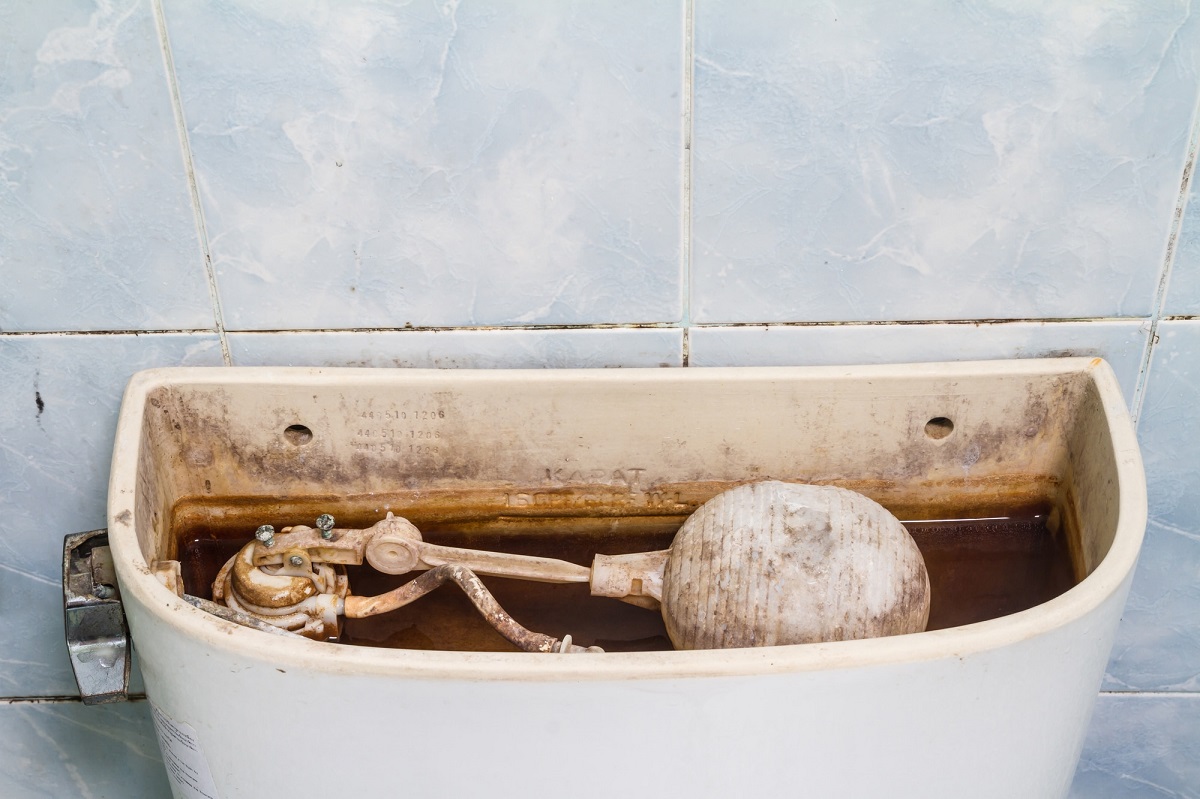

Articles
How To Get Rid Of Mold In Toilet
Modified: January 9, 2024
Learn effective methods and tips from our expert articles on how to safely and efficiently remove mold from your toilet. Protect your family's health and maintain a clean bathroom environment.
(Many of the links in this article redirect to a specific reviewed product. Your purchase of these products through affiliate links helps to generate commission for Storables.com, at no extra cost. Learn more)
Introduction
Mold growth in the toilet can be a frustrating and unsightly problem. Not only does it make your bathroom look unclean, but it can also lead to health issues if left untreated. Mold thrives in damp, dark environments, making the toilet bowl and surrounding areas the perfect breeding ground. Understanding the causes of mold growth in the toilet and learning effective removal methods is crucial for maintaining a clean and healthy bathroom.
In this article, we will discuss the reasons behind mold growth in toilets, prevention tips to avoid mold, and effective methods for removing mold from your toilet. Additionally, we will explore natural remedies and chemical cleaners that can help in the mold removal process. Whether you prefer a DIY approach or professional assistance, we will cover all the bases to ensure your toilet remains mold-free.
By following the steps outlined in this article, you can take control of the mold problem in your toilet and create a hygienic environment in your bathroom. Let’s dive in and discover how to get rid of mold in the toilet once and for all.
Key Takeaways:
- Prevention is the best defense against mold in the toilet. Regular cleaning, proper ventilation, and addressing leaks promptly can significantly reduce the risk of mold growth, creating a healthier bathroom environment.
- Natural remedies like vinegar and baking soda, along with chemical cleaners, can effectively remove mold from the toilet. However, for extensive or hidden mold, seeking professional help is a valuable option for thorough remediation.
Read more: How To Get Rid Of Mold In Toilet Bowl
Understanding Mold in Toilet
Mold is a type of fungus that can grow in damp and humid environments, making the toilet an ideal breeding ground. Common types of mold that can be found in toilets include black mold (Stachybotrys chartarum), green mold (Aspergillus), and pink mold (Serratia marcescens). Mold thrives in areas with poor ventilation and excess moisture, which is why the toilet bowl, tank, and even the walls surrounding the toilet are susceptible to mold growth.
Mold spores are present in the air we breathe, both indoors and outdoors. They are typically harmless in small amounts, but when they find moisture and suitable conditions, they can quickly multiply and form colonies. This is why it is important to address any signs of mold growth in your toilet as soon as they appear.
Aside from being unsightly, mold can cause a range of health issues. Breathing in mold spores can trigger allergic reactions, respiratory problems, and even asthma attacks. It can also release mycotoxins, which are toxic substances that can have a detrimental impact on your health.
Understanding the causes of mold growth in the toilet is crucial for effectively preventing and removing it. Let’s explore some of the common factors that contribute to mold growth in toilets.
Identifying the Causes of Mold Growth in Toilet
To effectively address and prevent mold growth in your toilet, it is important to identify the underlying causes. By understanding what contributes to mold growth, you can take appropriate measures to mitigate these factors. Here are some common causes of mold growth in toilets:
- Persistent moisture: Mold thrives in damp environments, so if your toilet is constantly exposed to moisture, it becomes a breeding ground for mold. Leaking pipes, condensation, or excessive splashing can contribute to the presence of moisture in the toilet area.
- Poor ventilation: Inadequate ventilation in the bathroom can trap moisture and increase the chances of mold growth. If your bathroom lacks proper airflow, especially near the toilet area, it can create a favorable environment for mold to flourish.
- Inadequate cleaning: Neglecting to regularly clean and maintain your toilet can lead to the accumulation of dirt, grime, and organic matter. These substances provide nutrients for mold to grow and thrive. It is essential to practice proper hygiene and regularly clean your toilet to prevent mold growth.
- High humidity: High humidity levels in the bathroom can create conditions conducive to mold growth. If the humidity remains consistently high, it increases the likelihood of mold spores settling on damp surfaces and proliferating.
- Insufficient sunlight: Mold thrives in dark, poorly lit areas. If your toilet lacks natural or artificial light, it can create an environment where mold can grow and spread more easily.
- Old or damaged seals: The seals around the toilet, such as the wax ring or caulk, can deteriorate over time. This can lead to gaps and cracks where water can seep through, creating a breeding ground for mold.
By identifying these causes, you can take proactive measures to address them and prevent mold growth in your toilet. In the next section, we will discuss some effective prevention tips to help you keep your toilet mold-free.
Prevention Tips to Avoid Mold in Toilet
Preventing mold growth in your toilet requires a proactive approach that focuses on reducing moisture and creating a clean environment. By implementing the following prevention tips, you can significantly reduce the chances of mold developing in your toilet:
- Keep the toilet area dry: Wipe down the toilet bowl, seat, and surrounding areas regularly to remove any moisture. Consider using a squeegee or towel after showering to remove excess water from the bathroom floor. Proper ventilation is important in drying out the bathroom quickly.
- Fix leaks promptly: Address any leaks or drips in the toilet, pipes, or plumbing as soon as you notice them. Leaking water can cause dampness and create ideal conditions for mold growth.
- Improve ventilation: Install an exhaust fan or open windows after showering or using the toilet to improve air circulation and prevent excess moisture from lingering. Consider leaving the bathroom door open to increase airflow.
- Use mold-resistant materials: When renovating or updating your bathroom, opt for mold-resistant materials such as mold-resistant drywall or paint. These materials are more resistant to moisture and can help inhibit mold growth.
- Regular cleaning: Clean your toilet regularly using non-abrasive cleaners. Pay attention to the toilet bowl, tank, and all other surfaces to prevent the buildup of dirt and organic matter that can attract mold.
- Monitor humidity levels: Keep an eye on the humidity levels in your bathroom. Ideally, the humidity should be below 50%. Use a hygrometer to measure humidity levels and consider using a dehumidifier if necessary.
- Regularly inspect and maintain seals: Check the seals around your toilet, including the wax ring and caulk. Replace any damaged or deteriorating seals to prevent water from seeping through and creating a breeding ground for mold.
- Allow sunlight in: Open curtains or blinds during the day to allow natural sunlight into the bathroom. Sunlight helps to inhibit the growth of mold and keeps the space dry.
- Remove damp items: Avoid leaving damp towels, bathmats, or clothing lying around in the bathroom. These items can contribute to moisture buildup and provide a food source for mold.
By implementing these prevention tips and making them part of your regular bathroom maintenance routine, you can significantly reduce the risk of mold growth in your toilet. However, if you do find mold in your toilet, it is important to address it promptly. In the next sections, we will discuss how to effectively remove mold from your toilet using both natural remedies and chemical cleaners.
How to Remove Mold from Toilet
When it comes to removing mold from your toilet, it is essential to take proper precautions to ensure your safety and effectively eliminate the mold. Here are the steps to follow:
- Gather the necessary tools: Before you start, gather the tools and materials you will need including rubber gloves, goggles, a mask, a scrub brush, a non-abrasive cleaner, vinegar, baking soda, and a bucket of warm water.
- Protect yourself: Put on rubber gloves, goggles, and a mask to protect yourself from mold spores and cleaning chemicals.
- Ventilate the area: Open windows or turn on the bathroom fan to allow for proper ventilation during the cleaning process.
- Pre-clean the area: Before applying any cleaning solutions, use a dry cloth or brush to remove any loose mold spores or surface debris.
- Natural remedies:
- Vinegar: Fill a spray bottle with undiluted white vinegar. Spray the vinegar directly onto the moldy surfaces and let it sit for an hour. Then, scrub the area with a brush and rinse with warm water.
- Baking soda: Create a paste by mixing baking soda with water. Apply the paste to the moldy areas and let it sit for 15 minutes. Scrub the surface with a brush and rinse with warm water.
- Chemical cleaners: If the mold is stubborn or extensive, you can use a mildew cleaner or a bleach solution. Follow the instructions on the product label and take precautions when working with chemical cleaners. Ensure the bathroom is well-ventilated and avoid mixing different cleaning products together.
- Scrub and rinse: Use a scrub brush to scrub the moldy areas, ensuring you reach all the nooks and crannies. Rinse the surfaces thoroughly with warm water.
- Dry the area: After cleaning, dry the toilet and surrounding areas thoroughly. Use a towel or allow natural airflow to help eliminate any remaining moisture.
- Dispose of materials: Safely discard any materials used during the cleaning process, such as gloves, cloths, or brushes, to prevent the spread of mold spores.
It’s important to note that if the mold infestation is extensive, or if you have any concerns about removing the mold yourself, it may be best to seek professional assistance. A mold remediation expert can ensure proper removal and prevent further spread of mold spores.
Now that you’ve successfully removed the mold from your toilet, it’s crucial to implement maintenance practices to prevent future mold growth. We’ll discuss some tips for maintaining a mold-free toilet in the next section.
To get rid of mold in the toilet, mix equal parts of white vinegar and water in a spray bottle. Spray the affected areas, let it sit for an hour, then scrub with a toilet brush. Repeat as needed.
Read more: How To Get Rid Of Mold In Basement
Natural Remedies for Mold Removal in Toilet
If you prefer to use natural remedies for mold removal in your toilet, there are several effective options available. These natural ingredients are safe to use and can help eliminate mold effectively. Here are some natural remedies you can try:
- Vinegar: Vinegar is a versatile and effective natural cleaner that can help remove mold. Fill a spray bottle with undiluted white vinegar and spray it directly onto the moldy areas in your toilet. Let it sit for an hour, then scrub the surface with a brush and rinse with warm water. The acidic nature of vinegar helps kill mold spores and prevent further growth.
- Baking soda: Baking soda is another commonly available household ingredient that can be used to remove mold. Create a paste by mixing baking soda with water, then apply it to the moldy surfaces in your toilet. Let it sit for 15 minutes before scrubbing the area with a brush. Rinse with warm water to remove any remaining residue. Baking soda is effective at both removing mold and deodorizing the toilet.
- Tea tree oil: Tea tree oil is a natural antifungal and antibacterial agent that can be used to remove mold. Mix one teaspoon of tea tree oil with one cup of water in a spray bottle. Spray the mixture directly onto the moldy areas and let it sit for a few hours. Then, scrub the surface with a brush and rinse with warm water. Tea tree oil not only eliminates mold but also helps prevent its recurrence.
- Grapefruit seed extract: Grapefruit seed extract is a powerful natural fungicide. Mix 20 drops of grapefruit seed extract with two cups of water in a spray bottle. Spray the mixture onto the moldy surfaces and let it sit for a few hours. Scrub the area with a brush and rinse with warm water. Grapefruit seed extract is effective in killing mold spores and inhibiting their growth.
- Hydrogen peroxide: Hydrogen peroxide can also be used as a natural mold remover. Fill a spray bottle with 3% hydrogen peroxide and spray it onto the moldy areas in your toilet. Let it sit for 10 minutes, then scrub the surface with a brush and rinse with warm water. Hydrogen peroxide effectively kills mold spores and helps prevent their regrowth.
When using natural remedies, it’s important to wear protective gloves and ensure proper ventilation in the bathroom. These natural ingredients are potent and effective in removing mold, but it may take multiple applications or a combination of remedies for stubborn mold infestations.
Remember, prevention is key to avoiding mold growth in your toilet. Maintaining regular cleaning and proper ventilation will help deter mold from recurring. In the next section, we will discuss using chemical cleaners for mold removal in the toilet.
Using Chemical Cleaners for Mold Removal in Toilet
If natural remedies are not sufficient or if you prefer to use chemical cleaners, there are various options available for mold removal in your toilet. Chemical cleaners can be effective in eliminating stubborn mold stains and preventing their regrowth. Here are some common chemical cleaners you can use:
- Bleach: Bleach is a potent disinfectant that can effectively kill mold spores. Mix one cup of bleach with one gallon of water in a bucket. Apply the bleach solution to the moldy areas in your toilet, carefully avoiding contact with other surfaces. Scrub the surfaces with a brush and let the solution sit for 10 to 15 minutes. Rinse the area thoroughly with water to remove any remaining bleach residue.
- Tile and grout cleaners: Specifically designed for removing stubborn stains and mold in bathroom tiles and grout, tile and grout cleaners can be effective in eliminating mold. Follow the instructions on the product label and use a brush to scrub the moldy areas. Rinse the surfaces thoroughly with water to remove any residue.
- Mildew removers: Mildew removers are formulated to combat mold and mildew stains. They typically come in spray bottles for easy application. Spray the mildew remover directly onto the moldy surfaces and let it sit for the recommended time. Use a brush to scrub the area and rinse thoroughly with water.
- Antifungal sprays: Antifungal sprays are specifically designed to kill mold and prevent its regrowth. Follow the instructions on the product label and apply the spray directly to the moldy areas in your toilet. Let it sit for the recommended time, then scrub the surfaces with a brush and rinse thoroughly with water.
When using chemical cleaners, it’s important to follow the instructions provided by the manufacturer. Take proper precautions such as wearing gloves, goggles, and a mask to protect yourself from the fumes. Ensure that the bathroom is well-ventilated by opening windows or using a fan.
It’s worth noting that chemical cleaners can be harsh, and some people may be sensitive to the strong odors and fumes. If you have respiratory issues, allergies, or concerns about using chemical cleaners, consider opting for natural remedies or seeking professional assistance.
Regardless of the cleaning method you choose, always remember to thoroughly rinse the treated areas with water to remove any residue and prevent any potential damage to your toilet or plumbing.
In the next section, we will discuss the option of hiring professional help for mold removal in the toilet.
Hiring Professional Help for Mold Removal in Toilet
While DIY methods can be effective for removing mold from your toilet, there may be situations where hiring professional help is the best option. Professional mold removal experts have the knowledge, experience, and specialized equipment to handle mold infestations safely and effectively. Here are some reasons why you might consider hiring professionals:
- Extensive mold growth: If you notice widespread or extensive mold growth in your toilet, it may be a sign of a larger underlying issue. Professional mold remediation experts can assess the extent of the mold problem and provide comprehensive solutions to address it.
- Hidden mold: Mold can often hide in hard-to-reach places, such as behind walls, under flooring, or in the plumbing system. Professionals have the expertise and tools necessary to detect and remove hidden mold, ensuring a thorough and complete cleanup.
- Safety precautions: Dealing with mold requires proper protective gear and safety measures. Professionals are trained to handle mold safely, minimizing exposure to harmful mold spores and using appropriate containment methods to prevent cross-contamination.
- Prevention of future mold growth: Professional mold remediation includes not only the removal of existing mold but also preventive measures to discourage its return. They can identify and address the underlying causes of mold growth, such as plumbing leaks or poor ventilation, to prevent future infestations.
- Peace of mind: Hiring professionals can provide peace of mind, knowing that experts are tackling the mold problem in a thorough and effective manner. They can offer warranties or guarantees on their work, ensuring that the mold issue is resolved properly.
When hiring professional help for mold removal, it is important to research and choose a reputable mold remediation company. Look for companies with a proven track record, certifications, and positive customer reviews. Request a quote and ask about their process, methods, and any guarantees they offer.
While professional services come at a cost, they provide a valuable solution for complex or severe mold problems. Investing in professional help can save you time, effort, and potentially costly repairs in the long run.
Now that you are aware of the option to hire professionals for mold removal, let’s move on to some tips for maintaining a mold-free toilet in order to prevent future outbreaks.
Tips for Maintaining a Mold-Free Toilet
Once you have successfully removed mold from your toilet, it’s crucial to implement preventative measures to ensure it remains mold-free. By following these tips, you can maintain a clean and hygienic toilet, minimizing the chances of mold growth:
- Regular cleaning: Clean your toilet on a regular basis to prevent the buildup of dirt, grime, and organic matter that can attract mold. Use a non-abrasive cleaner and thoroughly clean all surfaces, including the toilet bowl, tank, seat, and surrounding areas.
- Keep the toilet area dry: After using the toilet or showering, wipe down any moisture on the surfaces with a towel. Pay special attention to areas prone to dampness, such as the toilet seat, tank, and base. Proper ventilation is key in drying out the bathroom quickly.
- Avoid using excess water: Prevent excessive splashing by being mindful of the water level in the toilet bowl when flushing. Avoid overusing cleaning products that can leave residue, as they can provide a food source for mold.
- Maintain proper ventilation: Ensure that your bathroom has adequate ventilation to minimize humidity and moisture. Use an exhaust fan or open windows to improve airflow and reduce moisture buildup. Consider leaving the bathroom door open to allow for better air circulation.
- Fix leaks promptly: Address any leaks or drips in your toilet or plumbing as soon as they occur. Leaking water can create a damp environment that is favorable for mold growth. Repair or replace damaged components promptly to prevent moisture buildup.
- Monitor humidity levels: Keep an eye on the humidity levels in your bathroom. Ideally, the humidity should be below 50%. Use a hygrometer to measure humidity and consider using a dehumidifier if necessary to maintain optimal moisture levels.
- Use mold-resistant materials: Consider using mold-resistant paint or drywall when renovating or updating your bathroom. These materials are more resistant to moisture and mold growth, minimizing the chances of mold formation.
- Allow sunlight in: Natural sunlight can help inhibit the growth of mold. Open curtains or blinds during the day to allow sunlight to enter the bathroom. Sunlight can help to dry out the moisture present and create an unfavorable environment for mold.
- Regularly inspect seals: Check the seals around your toilet, including the wax ring and caulk. Replace any damaged or deteriorating seals to prevent water from seeping through and creating a breeding ground for mold.
- Promptly remove damp items: Avoid leaving damp towels, bathmats, or clothing in the bathroom. Remove and dry them promptly to prevent moisture buildup and discourage mold growth.
Implementing these maintenance tips and incorporating them into your cleaning routine will help maintain a mold-free toilet. By being proactive and vigilant, you can prevent the recurrence of mold and create a healthier environment in your bathroom.
With these measures in place, you can ensure a clean, hygienic, and mold-free toilet for yourself and your family. By understanding the causes of mold growth, implementing preventive measures, and promptly addressing any mold issues, you can maintain a fresh and inviting bathroom for years to come.
Remember, if you encounter severe or persistent mold problems, it’s best to seek professional help for a thorough assessment and remediation.
Now that you have the knowledge and tools to prevent mold growth in your toilet, go ahead and take action to keep your bathroom clean, healthy, and free from mold!
Reference:
– [[https://www.epa.gov/mold/mold-cleanup-your-home#Mold%20Growth%20Prevention%20Strategies%7Cblank]]
Read more: How To Get Rid Of Mold On Bathtub
Conclusion
Mold growth in the toilet can be a persistent problem, but with the right knowledge and preventative measures, it can be effectively managed and eliminated. Understanding the causes of mold growth, such as persistent moisture, poor ventilation, and inadequate cleaning, is crucial in preventing its occurrence. By implementing regular cleaning routines, maintaining proper ventilation, and promptly fixing any leaks or water damage, you can significantly reduce the chances of mold taking hold in your toilet.
In the event that mold does appear, whether it’s a small spot or a larger infestation, there are various methods for removing it. Natural remedies, such as vinegar, baking soda, tea tree oil, and hydrogen peroxide, can be effective in eliminating mold and preventing its regrowth. Chemical cleaners like bleach, tile and grout cleaners, mildew removers, and antifungal sprays can also be utilized, but it’s essential to follow safety precautions and ensure proper ventilation when using these products.
In more severe cases or if you prefer professional assistance, hiring mold remediation experts is a viable option. These professionals have the expertise, experience, and specialized equipment needed to handle extensive mold growth or hidden mold. They can provide a comprehensive assessment, removal, and preventative solutions to ensure a mold-free toilet environment.
To maintain a mold-free toilet, regular cleaning, keeping the area dry, and maintaining proper ventilation are key. Consider using mold-resistant materials, inspecting and replacing seals when necessary, and promptly removing damp items to prevent moisture buildup. By incorporating these practices into your routine, you can minimize the risk of mold growth and maintain a clean and hygienic toilet space.
Remember, prevention is crucial when it comes to mold. By being proactive in implementing preventative measures and promptly addressing any signs of mold growth, you can ensure a healthier environment in your bathroom.
Now armed with the knowledge and tips provided in this article, you have the tools to effectively keep mold at bay in your toilet. Take action and implement these strategies to maintain a mold-free toilet, creating a clean and inviting space for yourself and your family.
By staying proactive and vigilant, you can enjoy a hygienic and mold-free toilet for years to come.
Frequently Asked Questions about How To Get Rid Of Mold In Toilet
Was this page helpful?
At Storables.com, we guarantee accurate and reliable information. Our content, validated by Expert Board Contributors, is crafted following stringent Editorial Policies. We're committed to providing you with well-researched, expert-backed insights for all your informational needs.
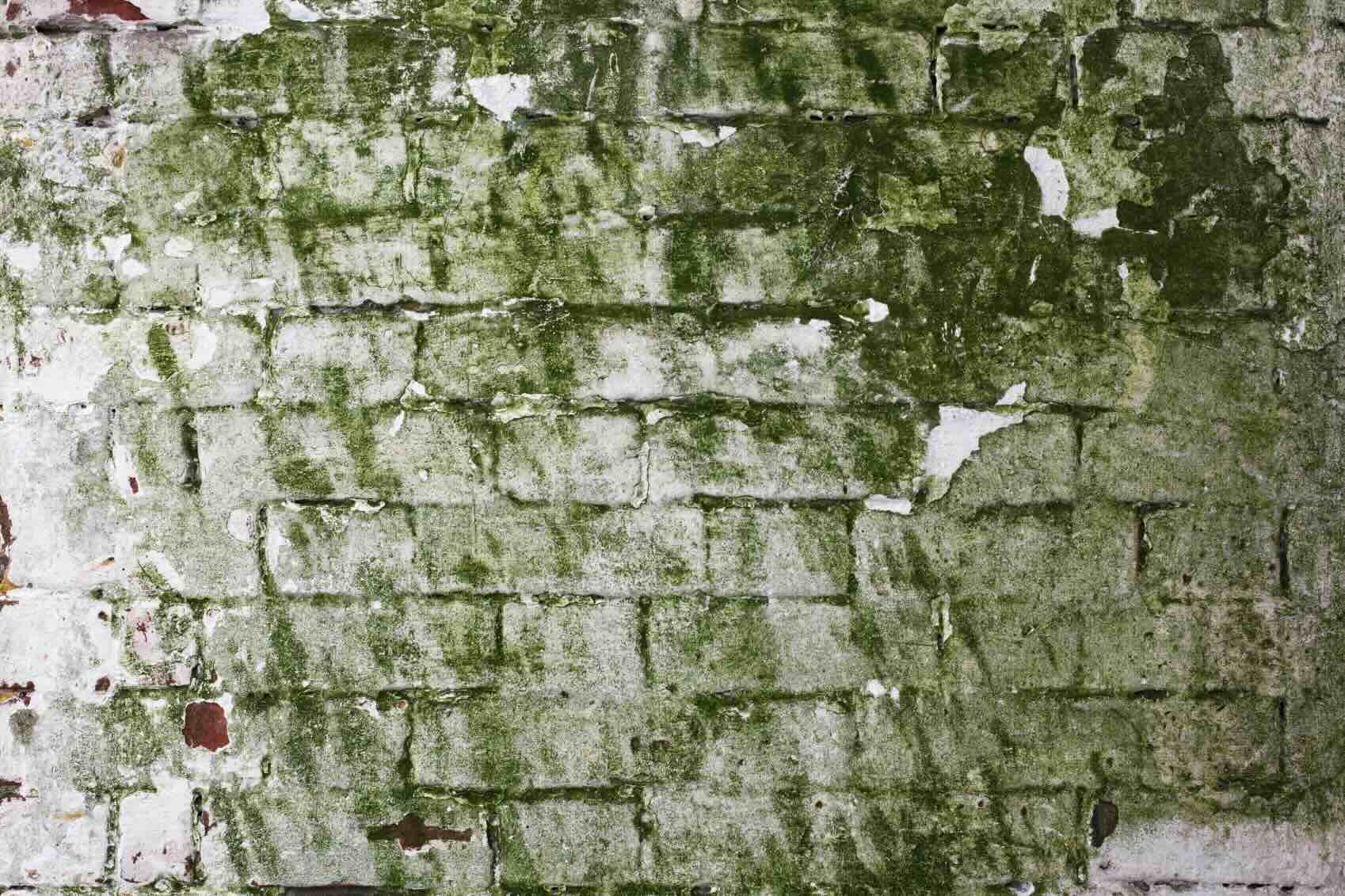

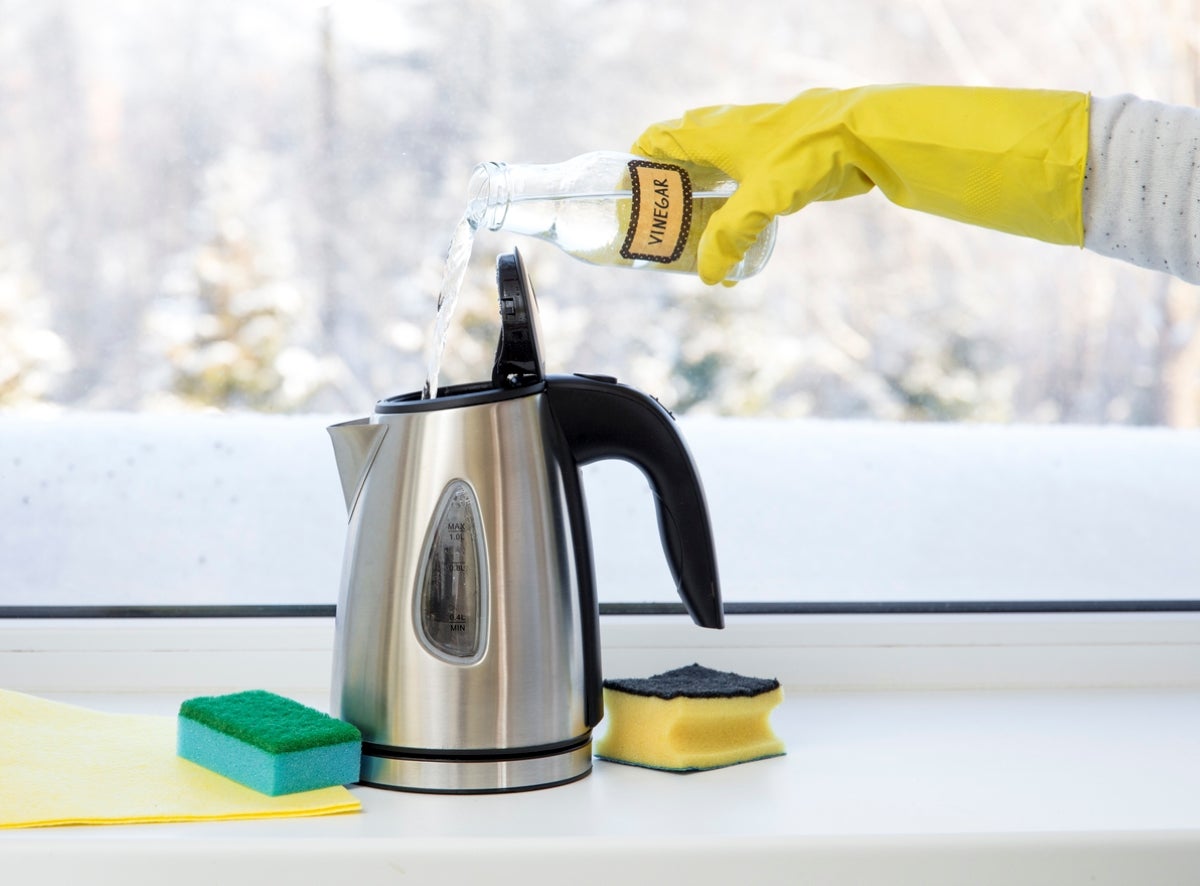
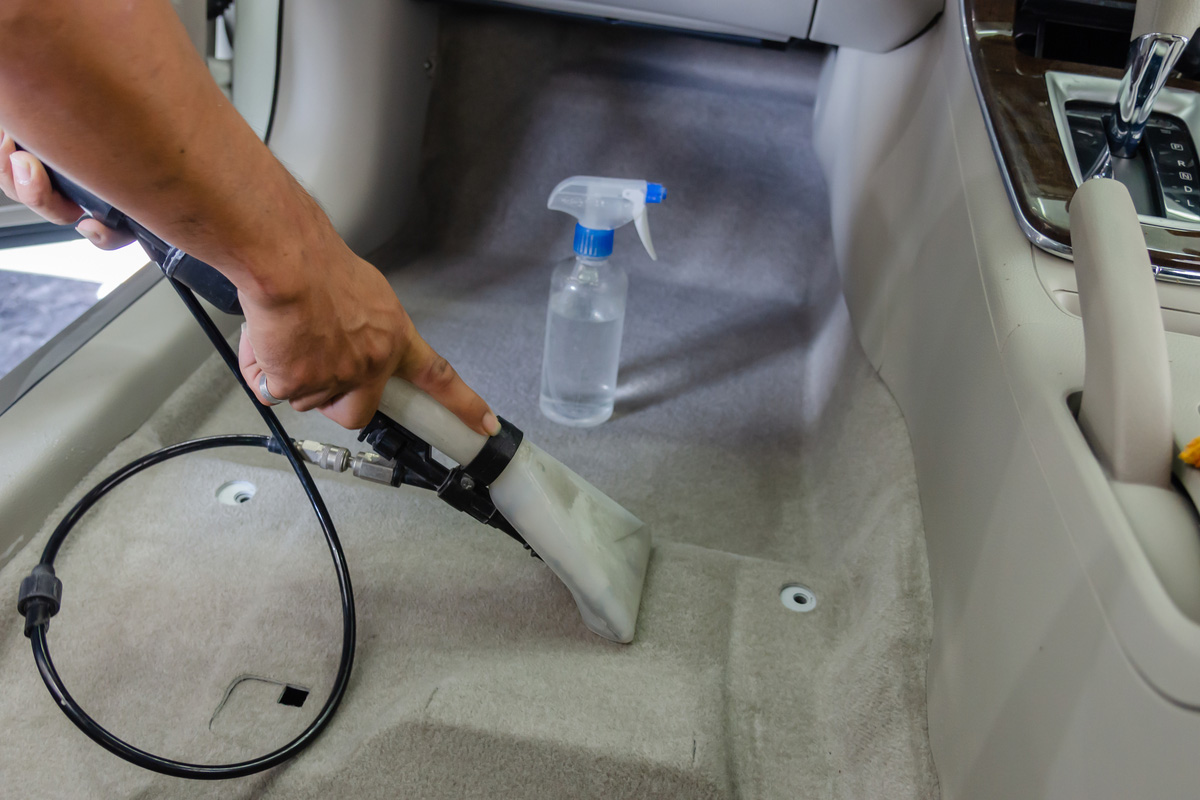
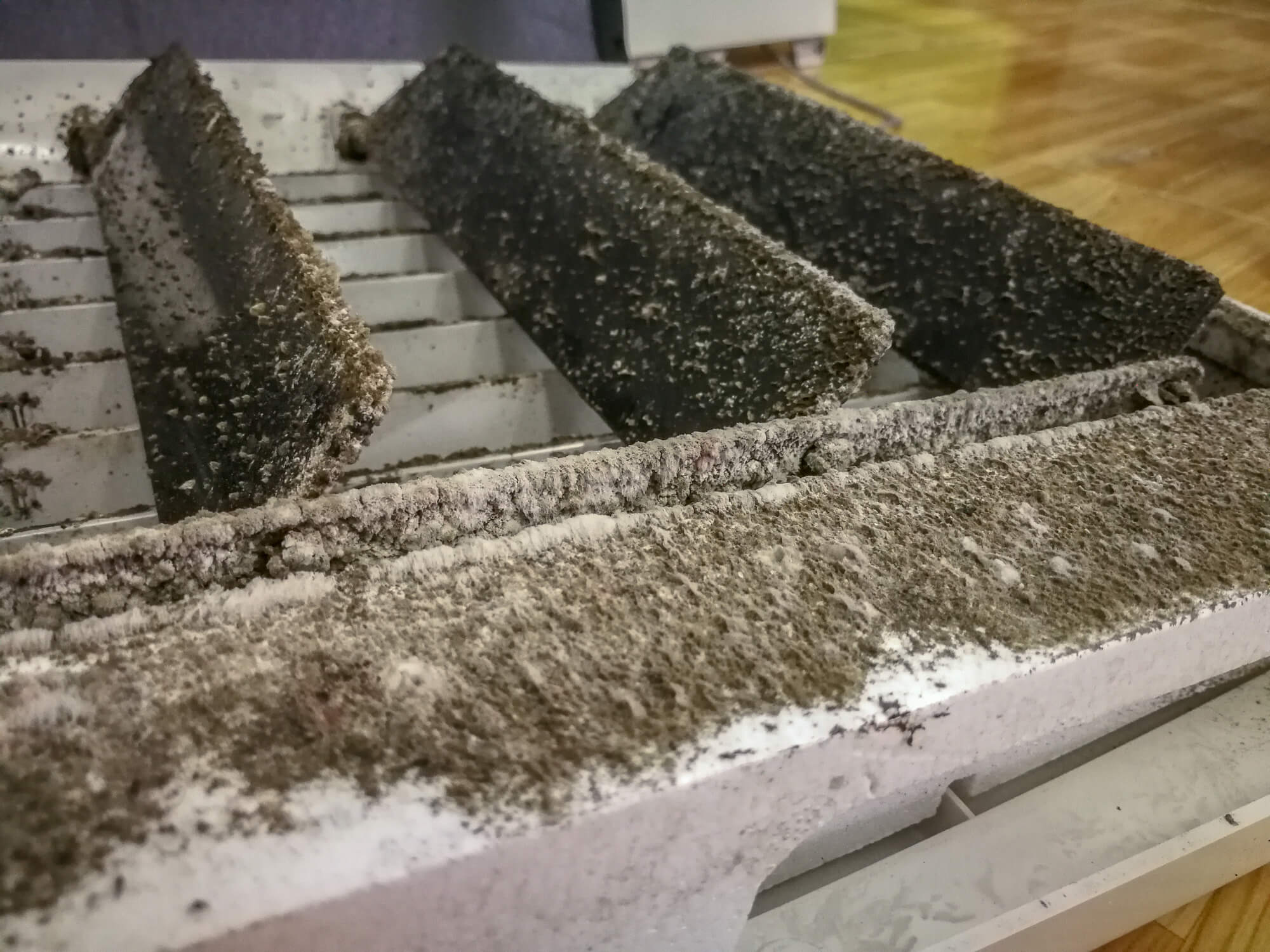
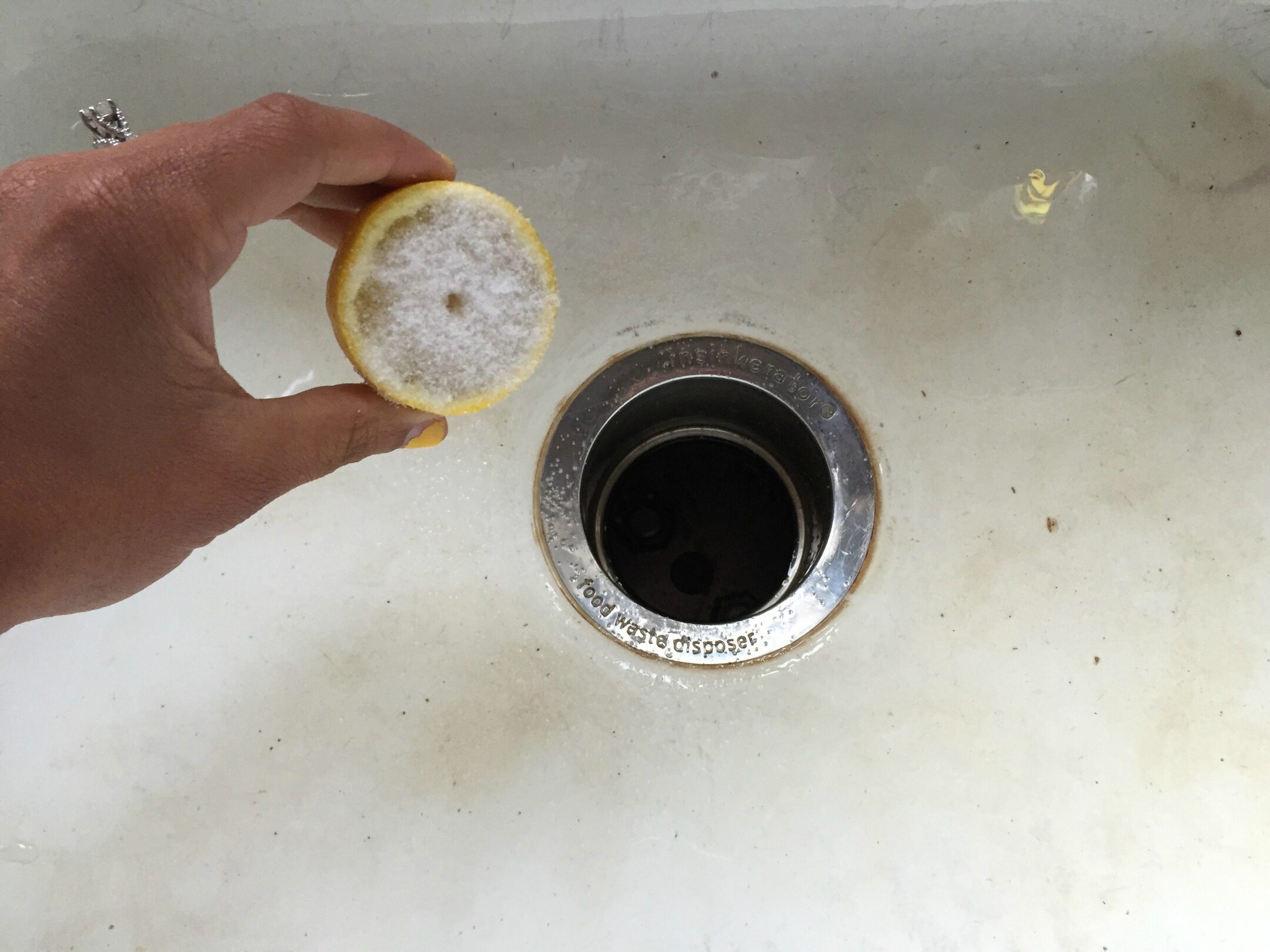
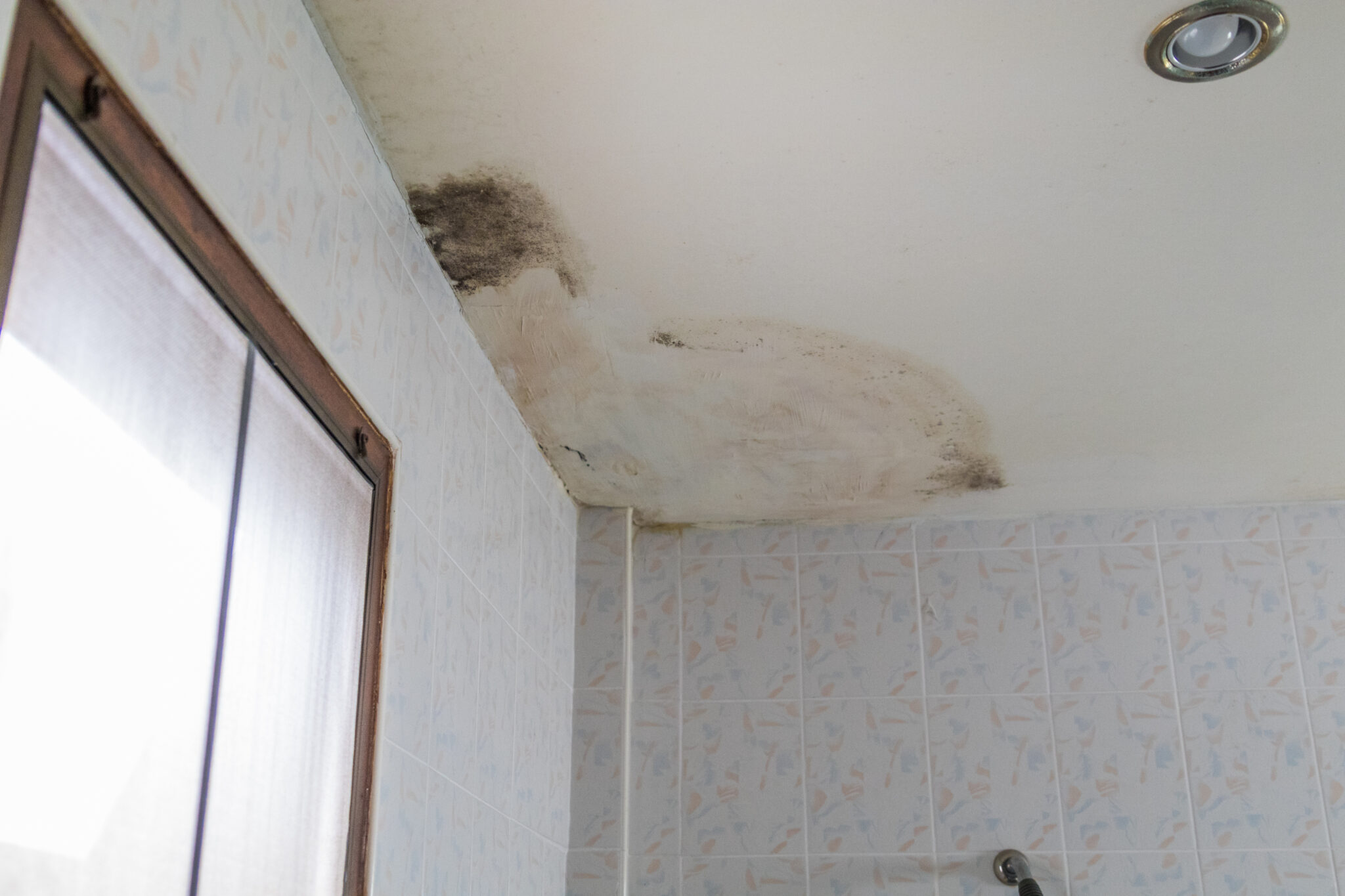
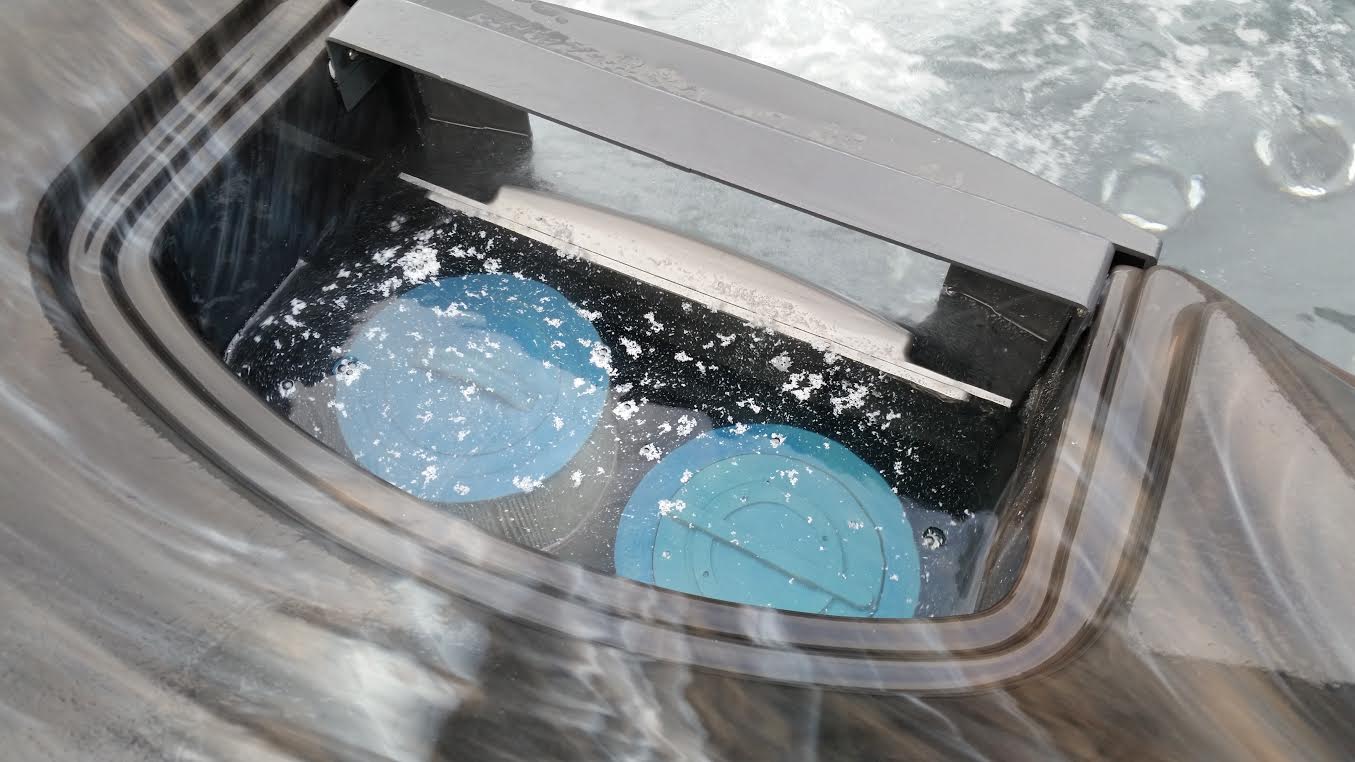
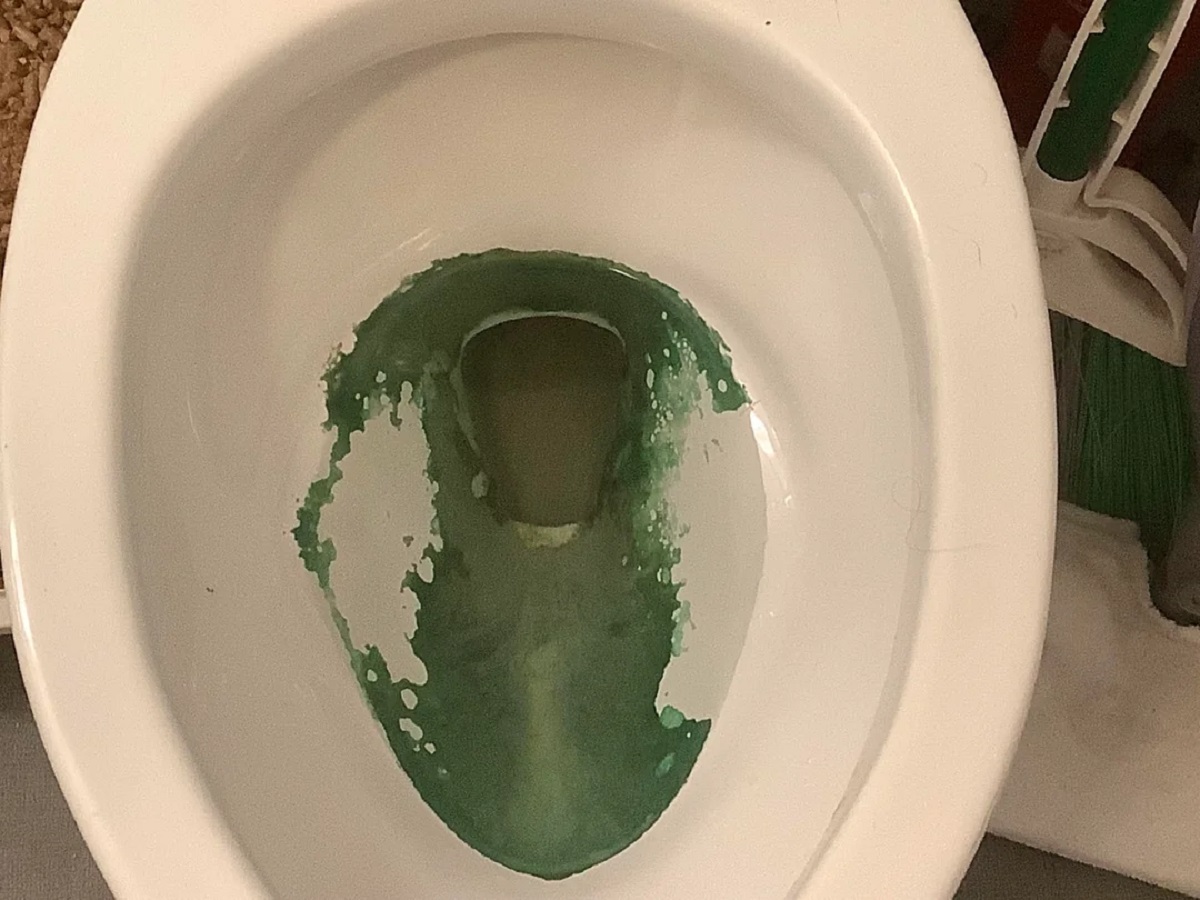
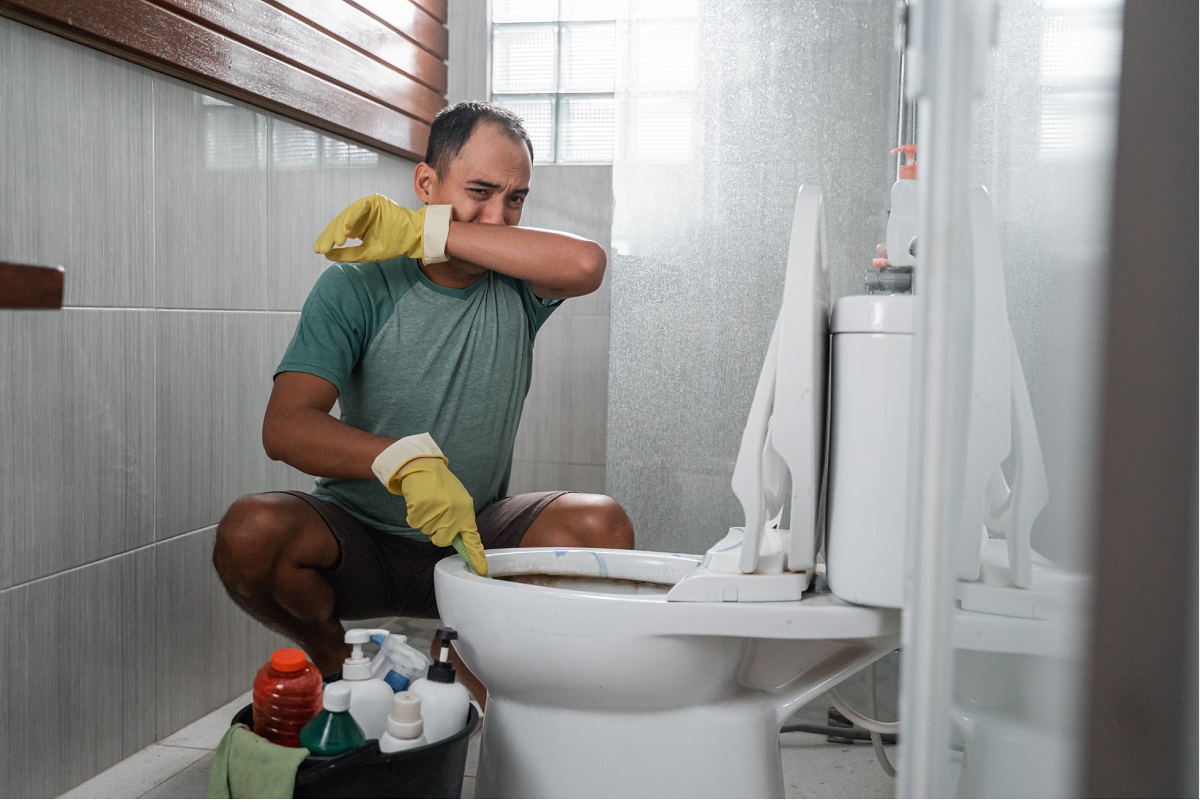
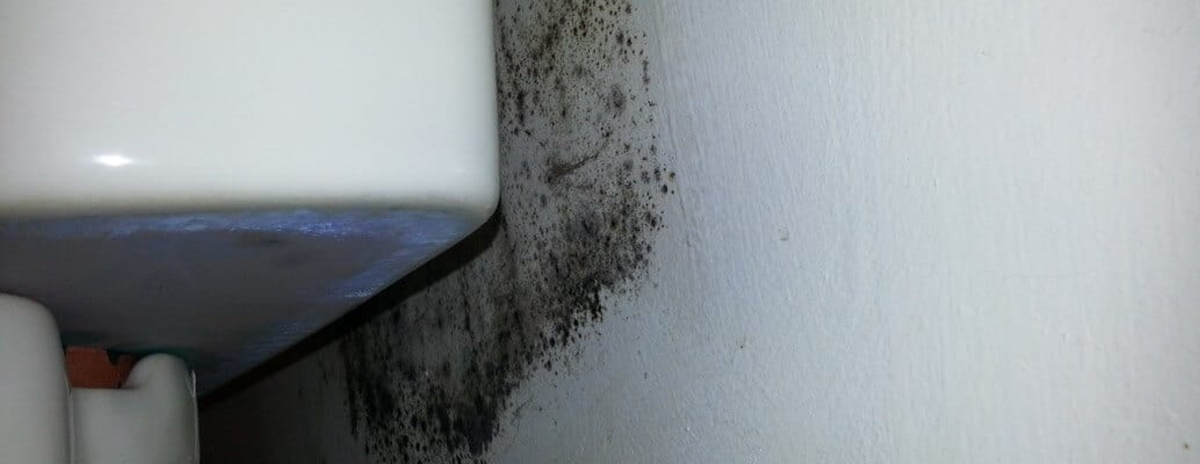
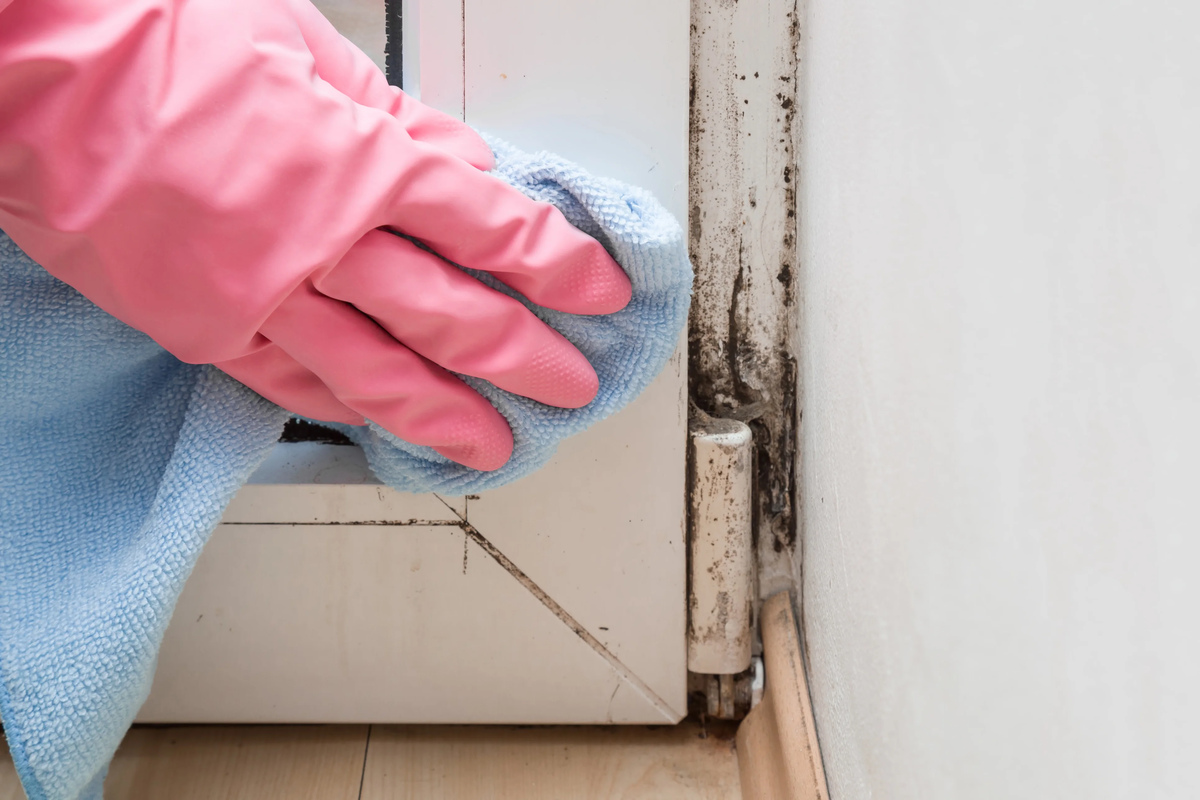
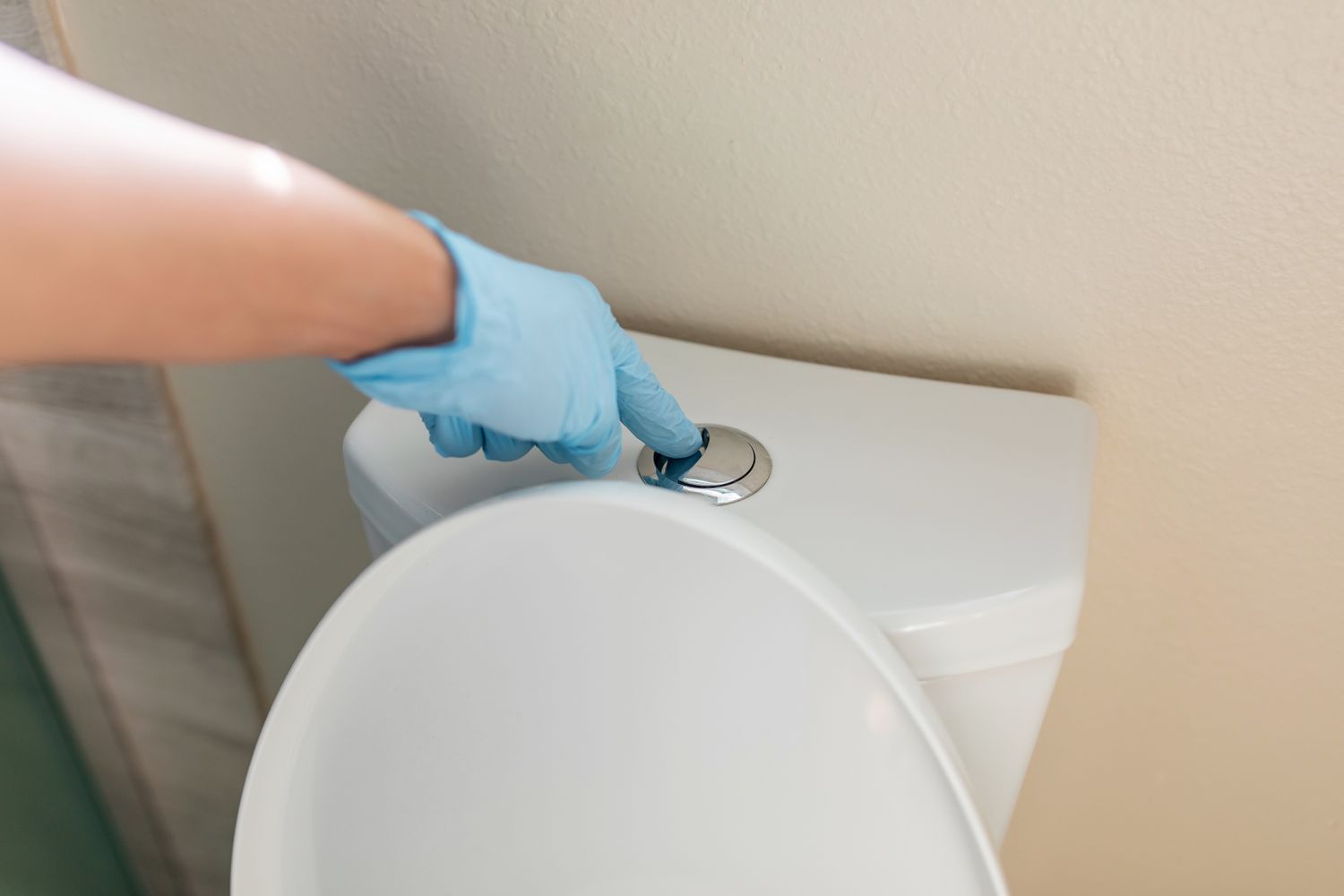

0 thoughts on “How To Get Rid Of Mold In Toilet”